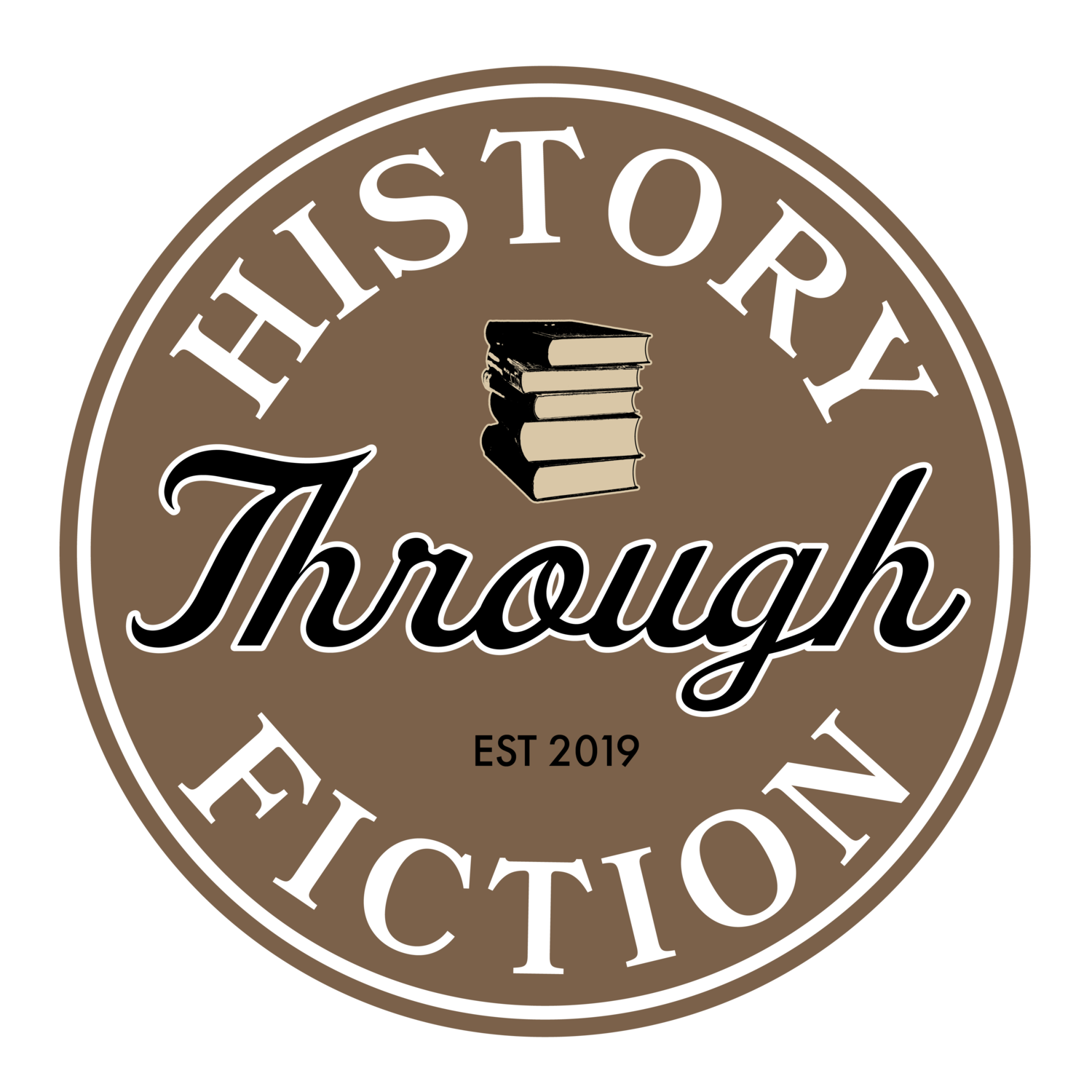Discovering Voice in Historical Fiction - A blog post (and workshop) by Eric Z. Weintraub
In literature, “voice” refers to the unique blend of word choice, attitude, point of view, and lexicon that gives prose its distinctive rhythm and flow. The terse minimalism of Ernest Hemingway, the colloquial free flow of William Faulkner, the lyrical interior monologue of Toni Morrison; these are only a few examples of voice in literature.
I believe a strong voice is the secret weapon of any great piece of writing, as it has the power to turn the mechanics of a story into a work of art. When reading a novel, voice has always instilled my confidence in an author’s ability and helped me set them apart from their peers.
Given my admiration of this device, I knew I wanted to infuse my novel with a powerful voice when I started writing South of Sepharad. However, I quickly realized that finding the right voice for a historical fiction novel presented challenges.
Historical fiction authors often write about events and people outside our own lived experiences. The further back into history we delve, the less record we have of authentic voices and vernaculars. As a 21st-century Los Angeles native writing about 15th-century Spanish Jews, I faced a significant dilemma: How could I write from the perspective of the 15th-century when my characters thought and spoke so differently than me?
My first approach was research. I sought texts from the novel’s time period to get a sense of authentic voices. I read a book of poetry authored by Jews and Muslims living in Pre-Inquisition Spain, a play written by a descendant of conversos, and the original text of Isabella and Ferdinand’s Alhambra Decree (itself featured in the novel). However, these sources, while informative, were overly stylized. I feared that mimicking 15th-century writing would make my work inaccessible to modern readers. While I yearned for authenticity, I still wanted to provide an immersive reading experience.
Unsure how to proceed, I wrote the first draft of South of Sepharad without committing to voice, hoping to discover the voice during the writing process. For a time, this resulted in writing plain, informational prose that felt more like reading a blueprint than a novel. For example, here’s a passage from the first draft of South of Sepharad, that describes when my main character, Vidal, arrives at Periana for the first time, during his mission to acquire supplies:
“The wall was built diagonally on the hill, with the entrance at the bottom, and the town slopping back up the hillside toward the mountain’s summit. From his vantage point, Vidal could see over the wall to the orange tiled roofs of the town’s houses. A church with a matching roof towered over the lower end of town.”
Writing this way allowed me to get the story on paper, but it did little to offer a perspective to the events. Without a unique voice, anyone could’ve written this description. But as I continued writing, a eureka moment occurred. I realized I didn’t need to base the voice around some vague impersonation of 15th-century texts. Rather, the voice needed to come from my characters themselves. The more I got to know Vidal through writing, the more I began to understand how he would perceive the world around him.
With this new revelation, I continued to write, depicting the events from Vidal’s close third-person point of view. This approach allowed me to rely less on plain description, and more on describing events filtered through Vidal’s attitude and word choice.
As just one example, here is that same passage about Periana rewritten with this new approach to voice in mind:
“The city was built onto the side of the mountain. Its labyrinthine streets and hill dwelling houses reminded Vidal of El Albayzín, where a short house could be closer to the heavens than a tall one by pure virtue of where its original builders settled on the hillside. Was this what El Albayzín might have looked like if the rest of Granada had never beendeveloped around it? The question made him yearn to look upon Granada again.”
This revised version not only describes Periana more artistically but also performs double duty by revealing Vidal’s emotional response to the city. By comparing Periana to the Albayzín, a neighborhood in his banished home of Granada, we gain insight into Vidal’s state of mind and his longing for home. In addition, a closer attention to word choice elevates the perspective. Streets appear “labyrinthine” after his spending time in the wilderness. I describe the town dwelling on a hill by pointing out how, “A short house is closer to the heavens” to tie in the novel’s themes and articulate Vidal’s religious viewpoint.
I repeated this process, scene by scene, to bolster the voice and provide a perspective to the novel’s events as seen through the eyes of Vidal. Through the process of writing South of Sepharad, I discovered that while research is crucial to discovering voice, it’s most important to represent the world as perceived through the perspective of a novel’s main character.
Are you a historical fiction writer seeking to bolster your novel’s voice? If so, consider signing up for a class I’ll be teaching on August 13 that explores the craft of voice in historical fiction. In addition to my process, we’ll analyze the voices of renowned historical fiction authors such as Hilary Mantel, Toni Morrison, Cormac McCarthy, and many more. Together, we’ll uncover the techniques these masters use to create compelling voices and learn how to apply this craft to our own writing.



